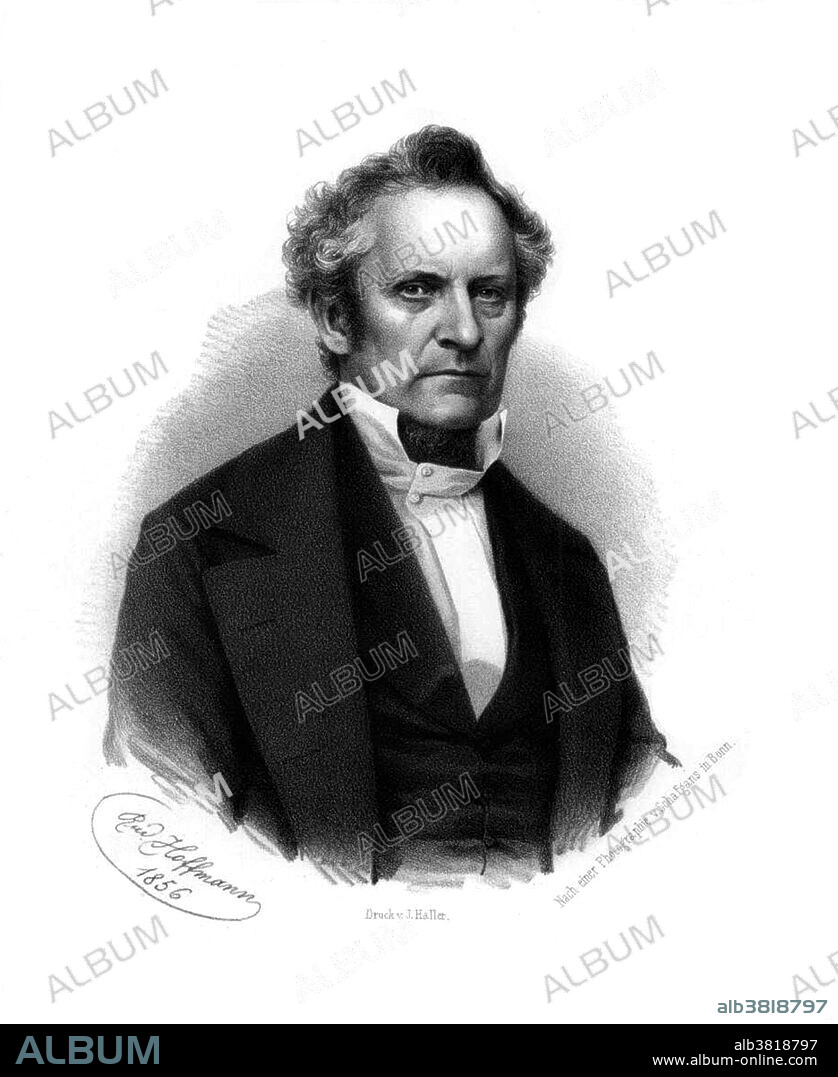alb3818797
Julius Plucker, German Physicist

|
Ajouter à une autre Lightbox |
|
Ajouter à une autre Lightbox |



Avez-vous déjà un compte? S'identifier
Vous n'avez pas de compte ? S'inscrire
Acheter cette image.
Sélectionnez l'usage:

Titre:
Julius Plucker, German Physicist
Légende:
Voir la traduction automatique
Julius Plucker (July 16, 1801 - May 22, 1868) was a German mathematician and physicist. In 1828 was made professor of mathematics at University of Bonn. In 1836 he changed direction and was made professor of physics. In 1858 he published the first of his classical researches on the action of the magnet on the electric discharge in rarefied gases. He found that the discharge caused a fluorescent glow to form on the glass walls of the vacuum tube, and that the glow could be made to shift by applying an electromagnet to the tube, thus creating a magnetic field. It was later shown that the glow was produced by cathode rays. He made many important discoveries in the spectroscopy of gases. He was the first to use the vacuum tube with the capillary part now called a Geissler tube, by means of which the luminous intensity of feeble electric discharges was raised sufficiently to allow of spectroscopic investigation, In 1865 he returned to the field of geometry and invented what was known as line geometry. In projective geometry, Plucker coordinates refer to a set of homogeneous co-ordinates introduced initially to embed the set of lines in three dimensions as a quadric in five dimensions. He was the recipient of the Copley Medal from the Royal Society in 1866. He died in 1868 at the age of 66.
Crédit:
Album / Science Source / Smithsonian Institution Libraries
Autorisations:
Taille de l'image:
3450 x 4215 px | 41.6 MB
Taille d'impression:
29.2 x 35.7 cm | 11.5 x 14.1 in (300 dpi)
Mots clés:
ALLEMAND • ALLEMANDE • CÉLÈBRE • CELEBRITE • HOMME • ILLUSTRATION • MAGNÉTISME • MATHEMATICIEN • MATHÉMATIQUE • PERSONNAGES • PERSONNALITÉS • PERSONNE • PORTAIT • PORTRAIT • POTRAIT
 Pinterest
Pinterest Twitter
Twitter Facebook
Facebook Copier le lien
Copier le lien Email
Email
